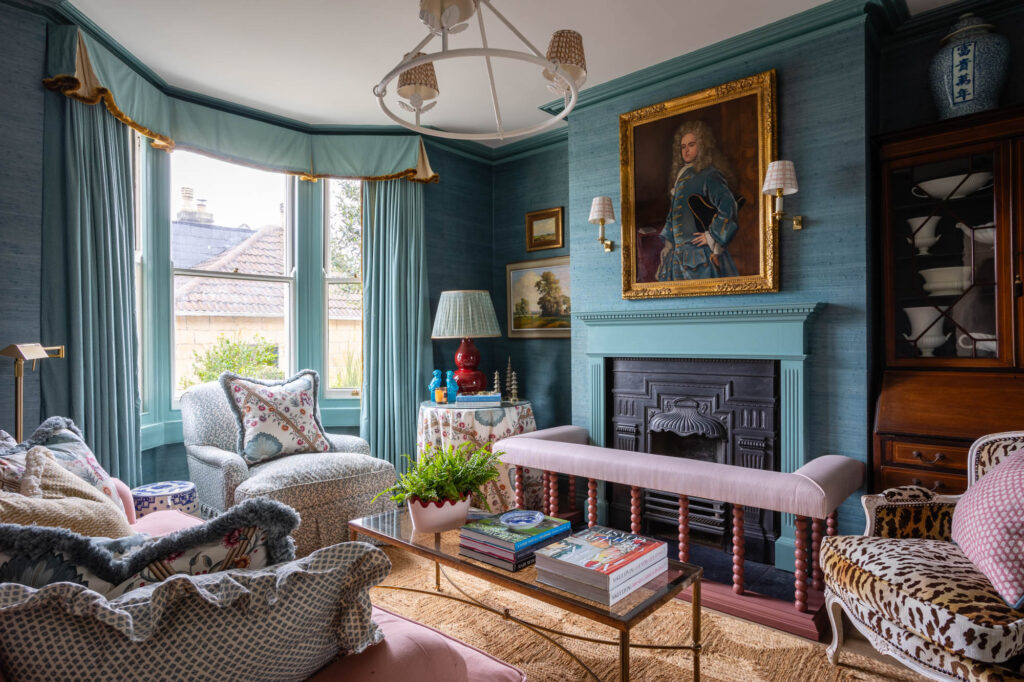
Transforming a living space into a beautiful and functional environment is no easy task – that’s where a residential interior designer steps in. They possess the expertise and skills to create homes that are not only aesthetically pleasing but also tailored to the unique preferences of their clients. This blog post will delve into the many roles of a high-end residential interior designer in the UK, from understanding clients’ needs to executing impressive home designs.
Understanding the Client’s Vision
At the heart of every successful residential interior design project lies a clear understanding of the client’s vision. When designing interiors, it is essential for interior designers to take the time to learn about their clients’ preferences, lifestyles, and design tastes, as well as any specific requirements they have for their living spaces. This information enables the designer to craft a tailored home design that effortlessly reflects the clients’ unique personalities and seamlessly integrates into their lives.
Analysing the Space
Before designing interiors, it is crucial for the designer to analyse the available space. This involves taking measurements, assessing the lighting conditions, and identifying any architectural features that may influence the design. By evaluating these elements, the designer can create a realistic plan that maximises the space’s potential and ensures any design challenges are addressed.
Developing a Cohesive Design Concept
With a comprehensive understanding of the client’s vision and an in-depth analysis of the space, the designer can then work on crafting a cohesive design concept. This will typically involve establishing a colour palette, determining patterns and materials, and selecting key furniture pieces and accessories.
Through these careful choices, the designer creates a harmonious and balanced design that captures the essence of the client’s vision while also considering practicality and functionality.
Sourcing the Perfect Materials and Pieces
High-end residential interior design often involves sourcing unique and bespoke items to add a touch of individuality and luxury to the client’s home. It is the designer’s job to research and source these one-of-a-kind pieces that can elevate the overall design.
This may entail working with local artisans, scouring exclusive showrooms, antique excursions in local Paris markets, or even commissioning custom-made designs. Additionally, the designer must carefully choose high-quality materials that not only enhance the aesthetics but also ensure the longevity of the design.
Overseeing the Implementation
Bringing the design to life requires effective project management skills, as high-end residential interior design projects often involve collaborating with a team of skilled professionals.
The designer’s role includes overseeing the entire project to ensure that every aspect aligns with the client’s vision and the chosen design concept. This includes procuring the necessary materials, coordinating with contractors, and ensuring seamless installation and arrangement of furniture and accessories.
In summary, the role of a high-end residential interior designer is multifaceted, involving a deep understanding of the client’s vision, expert space analysis, and the development of a cohesive design concept.
By sourcing exceptional materials and pieces, overseeing the project’s execution, and providing those final finishing touches, the designer can create a home that is both functional and aesthetically pleasing, offering clients an elevated living experience in their own homes. So, if you are looking to transform your living space into a luxurious and personal oasis, consider hiring an interior designer to bring your dream home to life. Happy designing!
